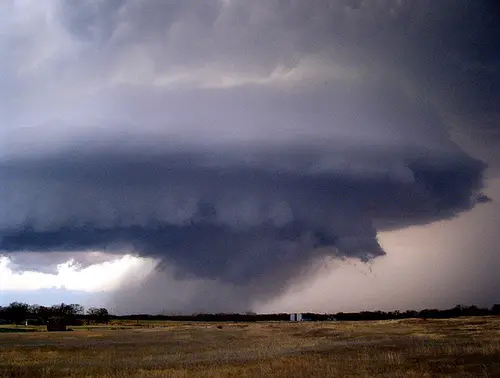Storms are a disturbance on a planet's atmosphere affecting its surface. They are usually characterized by accompanying rushes of wind, rain, thunder, lightning, sow, hail and sleet. Storms are exciting to watch on television but can be vastly destructive in reality.
Thunderstorms are the most common type of storms and are known to accompany tornadoes, hurricanes etc. They are formed due to the convection currents. In the formation of a tornado, the air which is heated, rises and is pushed upwards by heavier, cooler mass of air. As the air moves up higher, it begins to cool and expand.
The water vapour in the air cools and condenses to form water droplets. With this process carrying for a prolonged period of time, a big thundercloud is formed and looms high in the sky. The activity of the air currents moving upward creates friction and electric discharges are set-off, resulting into lightning. The air cools down further, strong winds begin to blow and rain falls as the drops become too heavy to be sustained in the cloud.
Thunderstorms are the most common type of storms and are known to accompany tornadoes, hurricanes etc. They are formed due to the convection currents. In the formation of a tornado, the air which is heated, rises and is pushed upwards by heavier, cooler mass of air. As the air moves up higher, it begins to cool and expand.
The water vapour in the air cools and condenses to form water droplets. With this process carrying for a prolonged period of time, a big thundercloud is formed and looms high in the sky. The activity of the air currents moving upward creates friction and electric discharges are set-off, resulting into lightning. The air cools down further, strong winds begin to blow and rain falls as the drops become too heavy to be sustained in the cloud.

